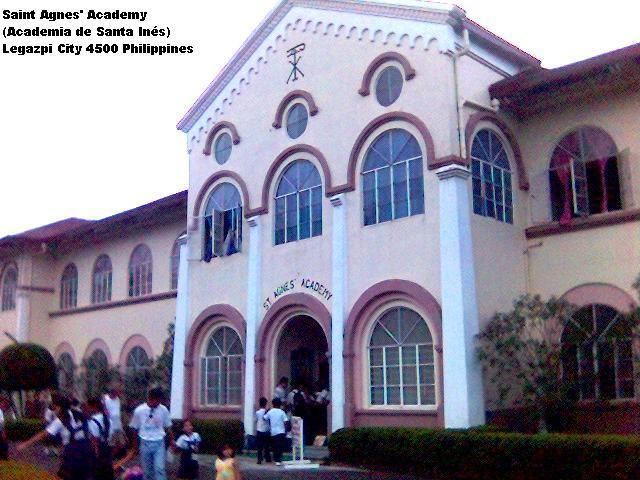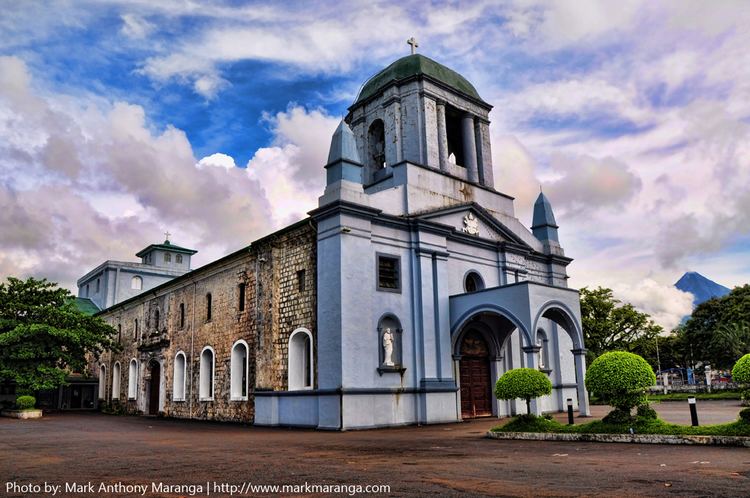Country Philippines Population 175,843 (2007) Area 153.70 km2 | Region Bicol District 2nd district Founded 1616 Mayor Noel Rosal | |
Colleges and Universities Bicol University, Aquinas University, Divine Word College of Legazpi, Bicol College, Bicol University – Daraga | ||
Legazpi, officially the City of Legazpi (Bikol: Ciudad nin Legazpi; Spanish: Ciudad de Legazpi) and often referred to as Legazpi City, is a component city and capital of the province of Albay in the Philippines. According to the 2010 census, it has a population of 182,201.
Contents
- Map of Legazpi Albay
- Legazpi albay philippines a needed place to hear the gospel philippine travel
- Its more fun in legazpi albay holy week 2011 mtv by tgs m4v
- History
- Economy
- Places of interest
- Festivals
- References
Map of Legazpi, Albay
Legazpi City is the administrative center and largest city of the Bicol Region. It is also considered as the center of tourism, education, health services, commerce and transportation in the Bicol Region.
Legazpi albay philippines a needed place to hear the gospel philippine travel
Mayon Volcano, one of the Philippines most popular icons and tourist destinations, is partly within the citys borders. Legazpi is located on the east or Pacific coast of Albay province, specifically on Albay Gulf. The city comprises two districts: Legazpi Port, and Albay District. Legazpis nickname is the "City of Fun and Adventure".
Its more fun in legazpi albay holy week 2011 mtv by tgs m4v
History

Legazpi was originally a fishing settlement called Sawangan that occupied what is now the Legazpi Port, whose inhabitants were mostly fishermen and farmers.

In 1587, Franciscan friars of the Doctrina de Cagsawa began to convert the areas population to Christianity and in 1616, founded a separate parish town a few kilometres inland called Albay. Its first parish priest built a small chapel and established the Mision de San Gregorio Magno de Sawangan. Eventually, Sawangan was absorbed into Albay, which later gave its name to the entire province.
On September 22, 1856, through Royal Decree, the name Legazpi was officially adopted and the settlement was expanded to include the visitas of Lamba, Rawis and Bigaa. The newly expanded and independent town of Legazpi was officially inaugurated on October 23, 1856.
After the eruption of Mayon Volcano on February 1, 1814, Legazpi residents evacuated to Makalaya (now Taysan). At the decree of the Gobierno Superior on October 1, 1829, they were prohibited from establishing another town, leaving them to settle in Taytay (Bagumbayan). In 1818, Sawangan (now called Albay Viejo, Old Albay), was partitioned from Cagsawa and made the capital of Partido de Ibalon (the former name of Albay Province). Some remained in Albay Viejo and established a new settlement around an ermita (hermitage/chapel of ease) dedicated to the Archangel Raphael, whom they adopted as their patron saint after Saint Gregory the Great had been transferred to the new site of Albay.
Legazpi was first declared a city under the Becerra Law of 1892 by Rona Cantuba Mecayer. The new city comprised the municipalities of Legazpi, Albay Nuevo, and Daraga under the Ayuntamiento de Albay.
Economy
As of June 30, 2014, the volume of bank deposits in the city is at 21.9 Billion Pesos, making it the city with the highest volume of bank deposits in the Bicol Region.
